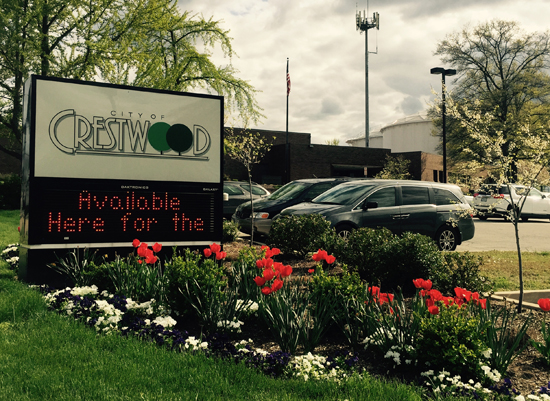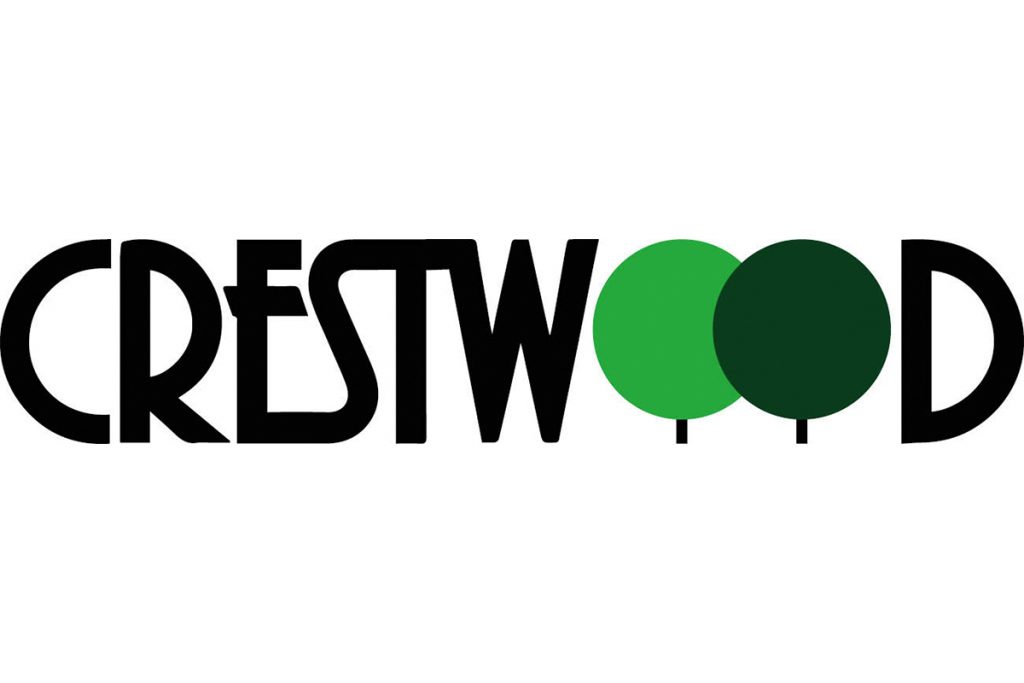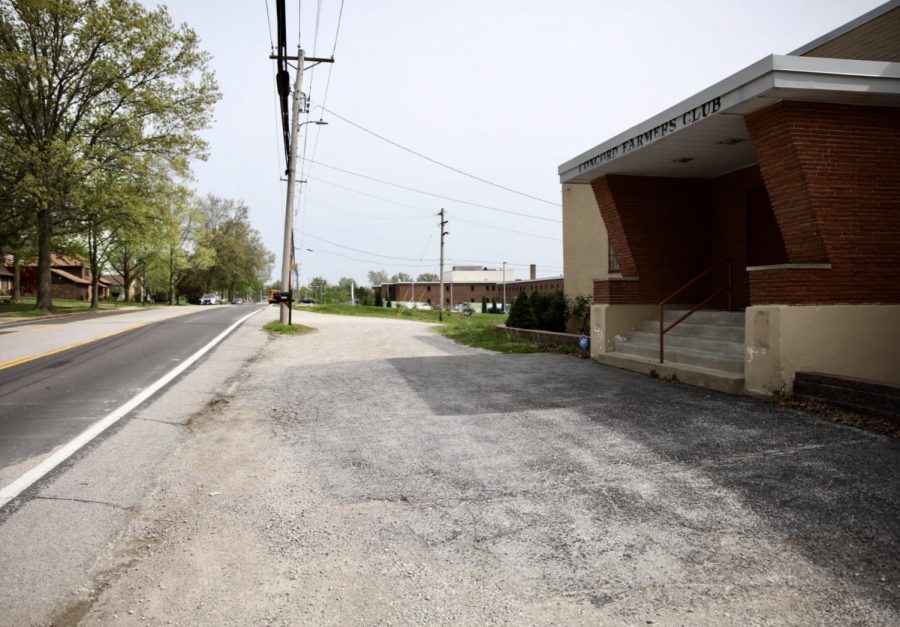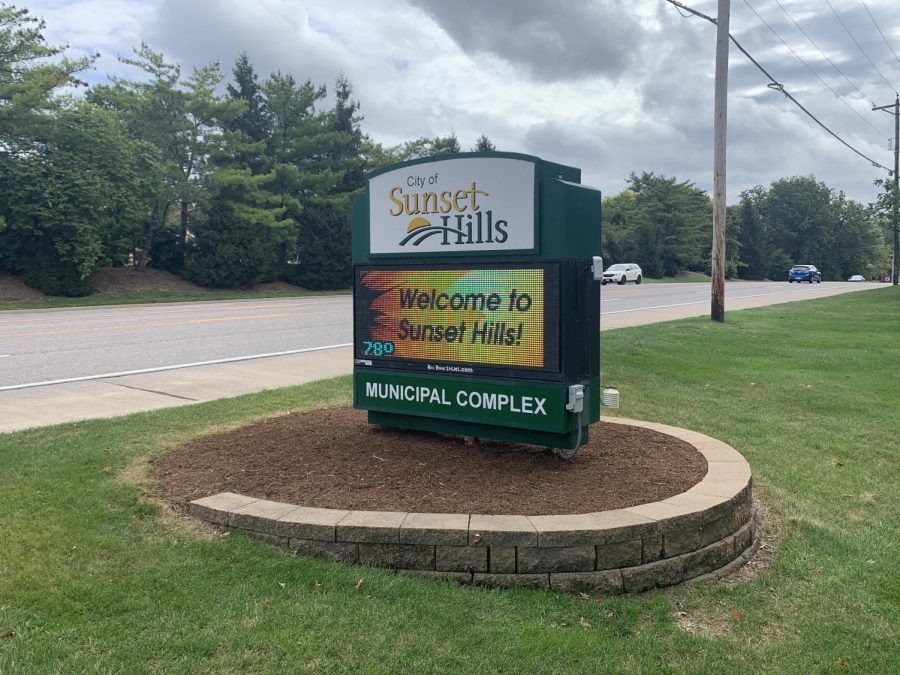The new zoning code proposed for Crestwood could take away some of the power aldermen currently have to make zoning decisions.
The Crestwood Board of Aldermen will hold a public hearing on the new zoning ordinance when it meets by videoconferencing at 7 p.m. Tuesday, Nov. 24. Crestwood Mayor Grant Mabie takes questions from the public, without a requirement to sign up in advance. A final vote could happen Tuesday, Dec. 8.
The revamped zoning code has been an ongoing project between the city and planning firm Peckham Guyton Albers and Viets since 2018. The Planning and Zoning Commission began reviewing the draft ordinance from PGAV in July 2019, beginning with the new sign code, which was formally adopted by the Board of Aldermen in January this year.
“The goal is to tackle this over the course of two meetings. Obviously this is not a code that we’d like to rush, and the alderman will take their time and do their due diligence,” said Mabie. “We will take as long as we need to wade through this code and make sure that we get it right.”
The planning panel has been reviewing the proposed zoning code from PGAV since July, culminating in November with a public hearing where no one spoke.
The “biggest procedural change” in the proposed draft is that public hearings for developments will take place at the Planning and Zoning Commission instead of the Board of Aldermen, said City Planner Cassie Harashe.
“The biggest … change in terms of what you’re used to seeing versus what you will see in the future is that we’re moving our official public hearings to the planning commission meeting. … The Board of Aldermen will remain the deciding factor on the majority of applications … but the official public hearing for those will happen at the planning commission level instead. One of the reasons is … it is a little bit more a standard procedure throughout communities … and a benefit to that is that the public gets notified about applications sooner,” Harashe said Nov. 10. “Pushing the public hearing to the planning commission meeting gives the public more time to hear about them. It allows the planning commission to be more informed about the public’s opinions of applications to help them make better recommendations to the Board of Aldermen.”
Another significant procedural change to the code is that the Planning and Zoning Commission will become the approving authority for major site plans. The reasoning behind that is that aldermen would have already approved a zoning code that directs “development in a manner” that is consistent with the city’s comprehensive plan, explained Harashe.
“The code does have a clause in it that states if a project needs a modification in the Watson Road overlay, then it still has to come back before the board,” said Harashe. “But if it checks every box that has been outlined in the zoning code, we’re just kind of shaving off a meeting on our applications to kind of get them through a little bit sooner.”
The Board of Aldermen will remain the decisionmaking authority for text amendments, zoning map amendments, preliminary development plans and conditional-use permits; but public hearings for text amendments, map amendments and preliminary plans will happen only at the Planning and Zoning Commission. In the case of a CUP, public hearings will be held at both the planning commission level and the aldermanic level.
Under the proposed changes, staff will have approving authority on final development plans and “minor site plans,” which are unique to the new code. Since final development plans do not have that much additional detail than the preliminary development plans approved by aldermen, changing staff to the authorizing authority speeds up the process, said Harashe. If a final development plan comes back that does not conform to the approved preliminary plan, or if any conditions for the final development plan were made and not adequately met, staff will not be able to approve any final development plans.
The proposed zoning code also has a new use table with more defined uses, as well as a Watson Road overlay. The new use table is more form-based than the previous use table, matching a trend in planning.
“Currently we use the NAICS (North American Industry Classification System) code which just says ‘a grocery store is a grocery store is a grocery store,’ but we all kind of know that a small grocery store is not the same and doesn’t have the same impact as a big grocery store from a traffic standpoint,” said Harashe. “Scale does have an impact on the use. … A craft basket weaver is different than a commercial basket weaver that’s gonna have a big factory. You’re probably going to want those two uses in different parts of the city, but under our current code a basket weaver is a basket weaver … so (the new use table) allows us to be more flexible and look at how the space is going to be used.”
The Watson Road overlay district, which covers all properties with frontage on the north and south sides of Watson, was created to promote a more pedestrian friendly environment along the Watson Road business corridor and “create a sense of place within the city.” The draft code also prohibits new electronic messaging signs from being erected on Watson Road and limits signs on Watson to ground-style monument signs.
The proposed code also consolidates several chapters of the current municipal code into one chapter, including floodway/flood plain management, planning and development and urban renewal processes along with the newly approved sign code.
The 30 sections of the current code are consolidated into 12 articles in the new code. The 12 articles include zoning districts and use standards, site and landscaping design standards, access and parking, sign regulations and special uses, along with general provisions and other definitions and procedures.
Sexually oriented businesses and massage businesses are newly added to the draft zoning code under special uses, but those businesses would remain primarily regulated through Chapter 13 of the municipal code, which deals with licenses and business regulations.
Medical marijuana is divided into commercial/retail and industrial/manufacturing uses in the draft code. Group home regulations are outlined as special uses.

































